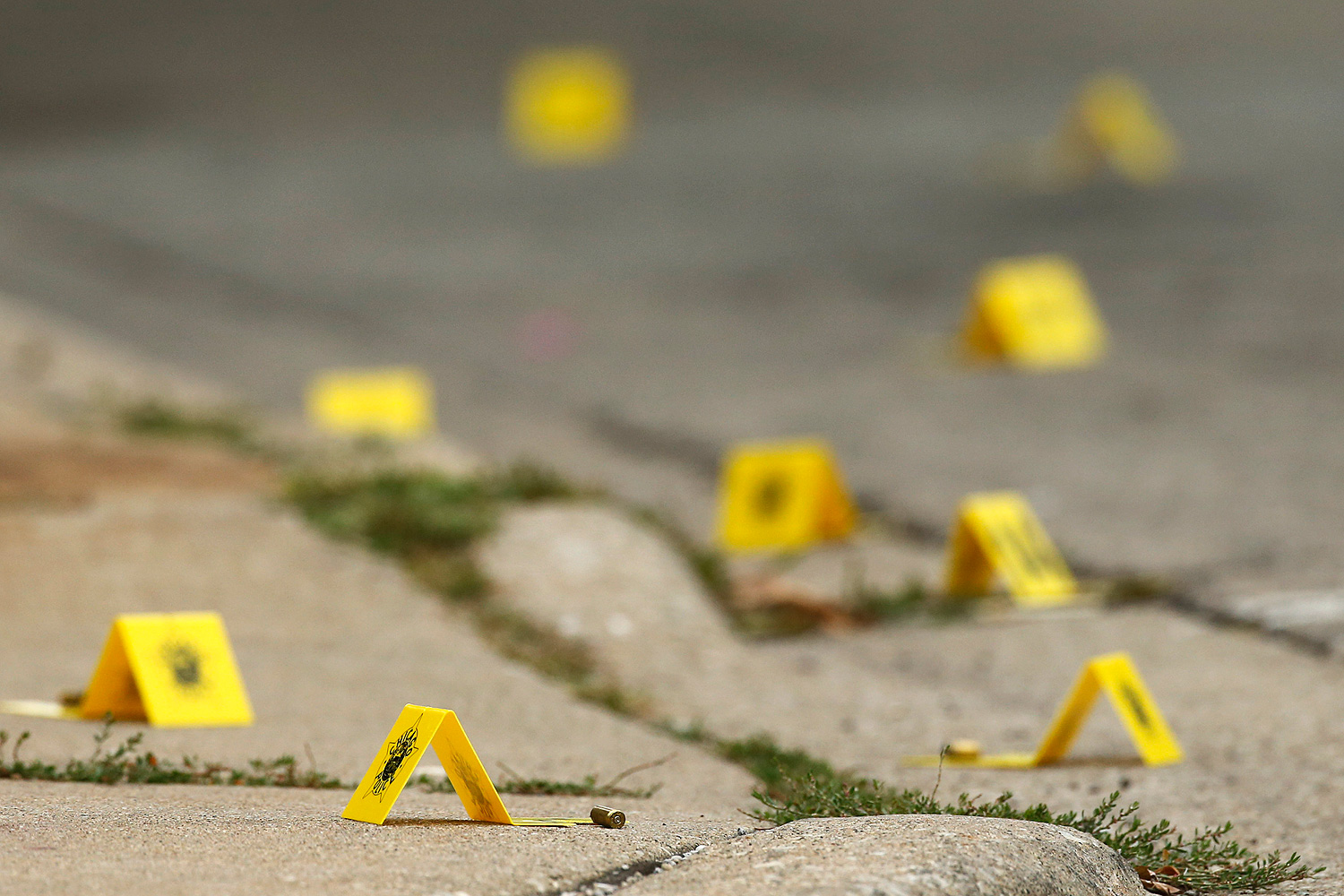Peter Nickeas, a Chicago Tribune crime reporter who regularly expands his work in interesting and moving ways, responded to the news of the Roanoke, Virginia shooting—and its ugly aftermath in the sphere of social media—in a viral Facebook post that was subsequently adapted into an op-ed. Nickeas, who spends much of his life at murder scenes, made the point that what was shocking for lots of people on Twitter and Facebook was real everyday life for lots of kids in Chicago:
It hurts to think, though, that this chubby-cheeked child with endless curiosity and eyes that could melt you is going to grow into a world where, yeah, seeing violence is sort of normal.
[snip]
They hear the gunfire, see the body, see the police, see how the family reacts. Soaking it all up. And we wonder why a percentage of kids end up violent or starving for adult attention when they have to internalize all that anger and grief that the Internet, collectively, felt Wednesday.
Is Nickeas overestimating because he's overexposed from his job? How normal is witnessing violence for children in Chicago? It turns out that "sort of normal" is about right, and the numbers remain pretty consistent over the past few decades. For example, here's what Dexter Voisin found in 2007:
Of the 600 African-American Chicago high school students interviewed by Voisin for his latest study, nearly a quarter reported being a victim of a robbery or mugging and nearly half witnessed a gang-related injury or death. Startlingly, nearly a third of the participants indicated they had witnessed a dead body in their community not related to a funeral. African-American youth are anywhere from 7- 10 times more likely than their white peers to be exposed to violent crimes such as homicides, muggings, and robberies, and 30 percent of the males in Voisin's research study reported some involvement in gangs.
This is within the ballpark of prior studies:
[I]n a survey of African-American 7-15-year-old elementary school children in the city of Chicago (Bell & Jenkins, 1993), 26% of the children reported that they had seen someone shot and 30% reported witnessing a stabbing during their lifetime. For 10-19-year-old students, the same investigators found that 75% had witnessed a robbery, stabbing, shooting, and/or killing. Forty-five percent of the students had witnessed more than one violent incident.
The experience is not universal, but with numbers like that, it's fair to call it sort of normal.
And sort-of-normal represents a great deal of exposure—which can then lead to further exposure. That's the theory Gary Slutkin based CeaseFire on: "The more you’ve had to deal with one of those things, the more likely you are to commit an act of violence." This can be a very direct and long-lasting effect; David Kirk has found that youth exposed to aggravated assault with a knife, bat, or gun "displayed heightened levels of aggression over two and a half years later." That witnessing can have a profound effect—profound enough, in some circumstances, to create further generations of new witnesses.




